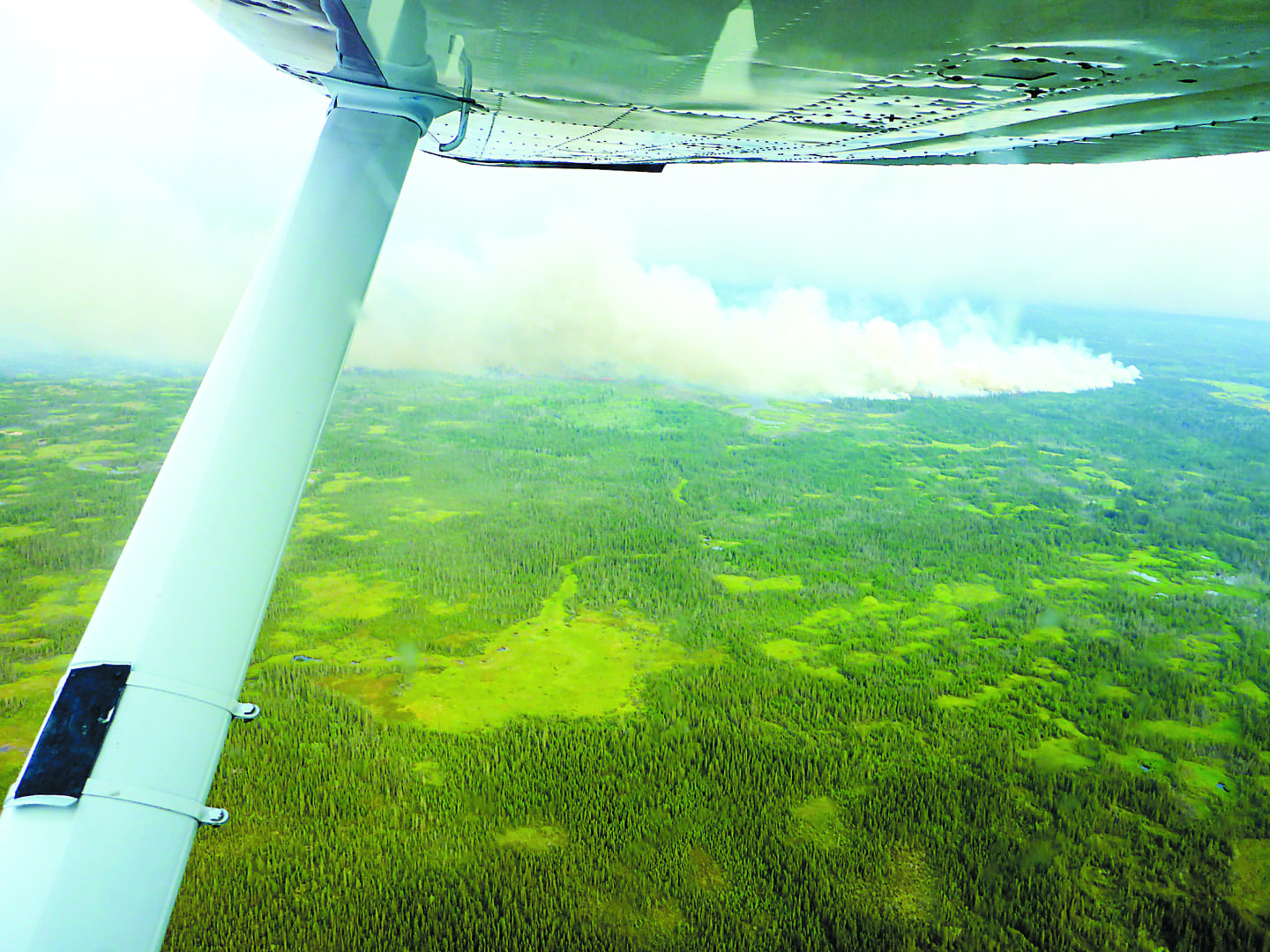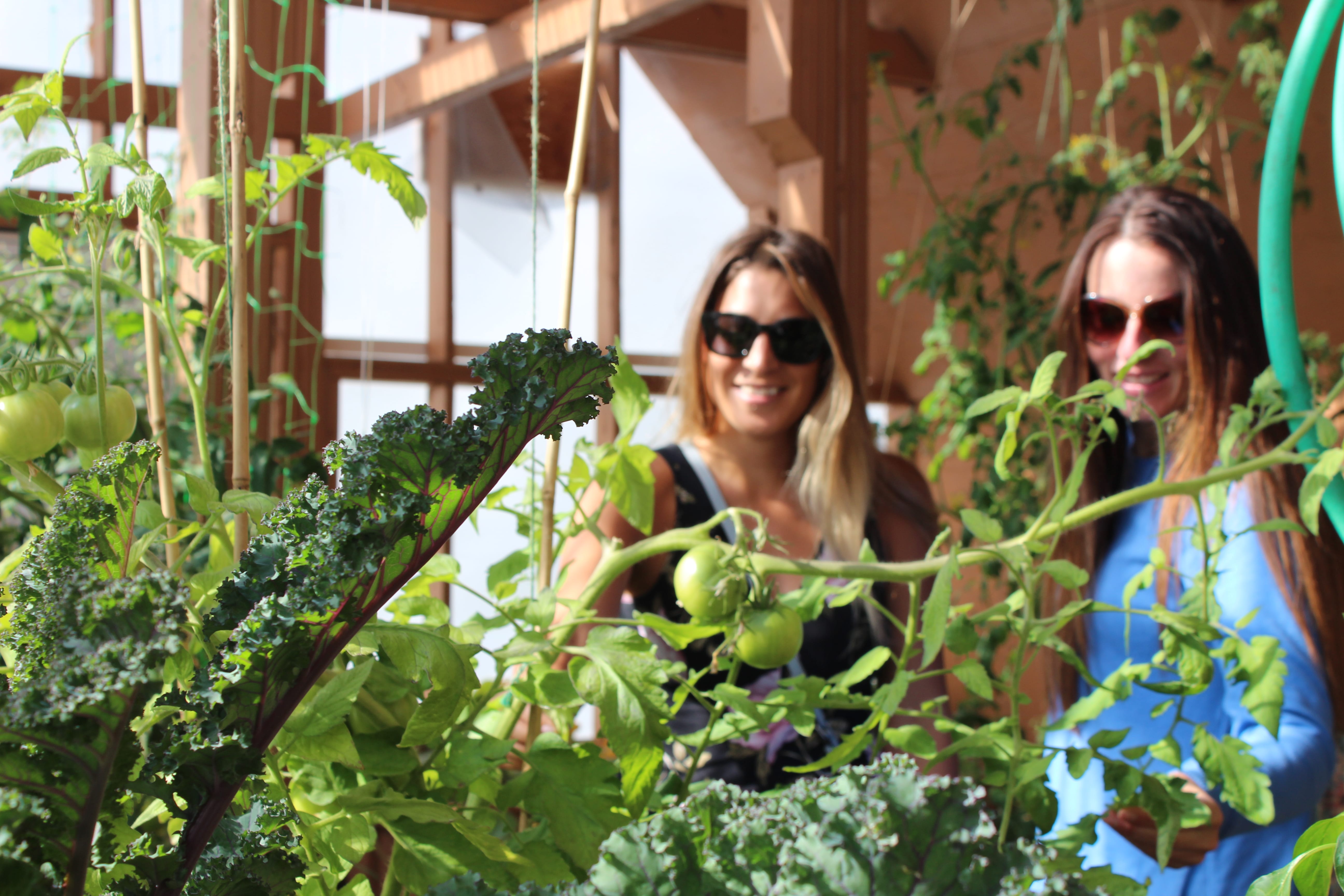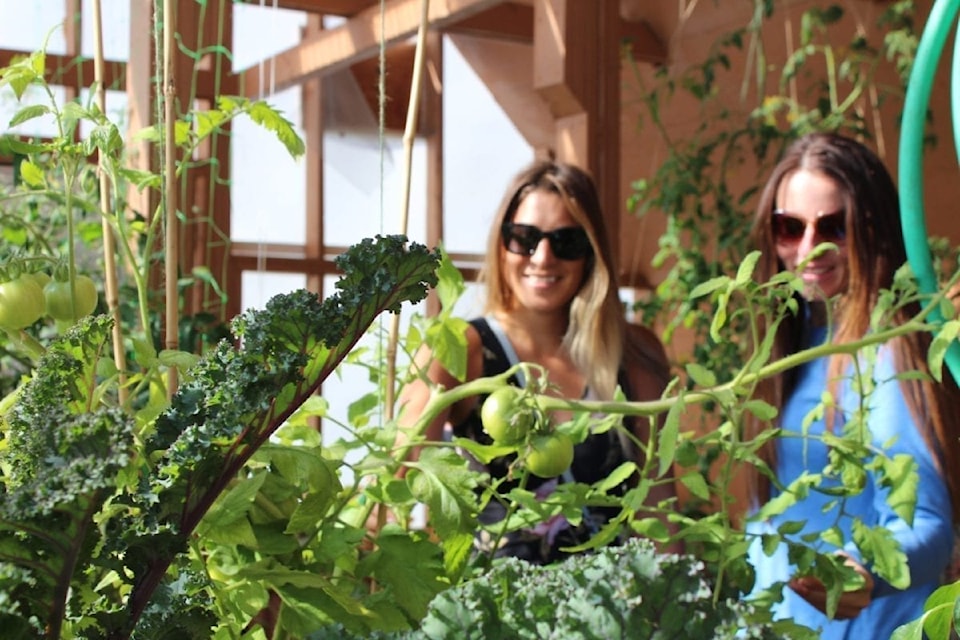For as long as anyone can remember, members of the Ka'a'gee Tu First Nation have lived on the land, harvesting Muskox from the forest and geese and beaver from the lakes, largely thanks to the thick winter ice.
However, chief Lloyd Chicot said the situation is changing rapidly, noting the band had to call in search and rescue after several people fell through thin ice last March.
"We had to send a helicopter to pick them up. They're okay, but it was during that really hot warm spell. This year was the first time the guys didn't go out to the lake. It got too warm in March and the ice melted really early," he said. "Usually the ice hangs on until late May, but these last couple of years its been really unpredictable.
"We had a forest fire here and lost all our trails where all the snare lines are. So we have to go out further where it's not burnt. We have to cut our way to the other lake just to get over there."

With climate change disrupting food webs across the globe, scientists are scrambling to fill the gaps in the North's food security before it's too late.
To this end, Indigenous groups such as the Ka'a'gee Tu First Nation are teaming up with researchers at Wilfred Laurier University in Ontario to examine both the challenges and opportunities for food production in the North.
"We've created a sort-of alliance to help one another," said Chicot. "Students come into the community and help us on various projects and they in turn write their thesis. They encourage the younger people and learn a lot of our traditional methods."
Challenges range from melting permafrost and unpredictable weather making hunting game more hazardous to habitat loss from forest fires and other climate-related disaster reducing the game's range.
With up to half of Ka'a'gee Tu's food coming from traditional hunting and gathering methods, a small shift in the ecology could make a big difference.
Chicot added there was a growing concern that some invading animals, such as pelicans, were eating younger pickerel before people can harvest them, further threatening food sustainability.

Aug. 24, 2019.
Some solutions being looked at are establishing more greenhouses to grow food and looking at the possibility of establishing agricultural practices in some areas. Workshops on canning food for later are also being held.
Laurier Centre for Sustainable Food System associate director Andrew Spring said a number of solutions are being looked at, including establishing year-round greenhouses and looking into local plants, such as wild potatoes, onions and mint which grow naturally around the area.
He cautioned that any introduction to agriculture needed to be very conscious of local concerns, because historically agriculture was effectively forced on people as part of the Residential School system, so many are understandably suspicious of the practice.
Also front of mind for Spring is ensuring any introduction of agricultural practices takes into account the lessons that have been learned elsewhere, in regards to habitat destruction, overuse of fertilizers and pesticides and other unsustainable agricultural practices.
"We need to introduce agriculture in a way that fits with the system. Instead of cutting down the forest and putting a field in there, we need to ask how we can do agriculture in a way that takes care of the land, the forest and even mitigates some of the impacts of climate change?" said Spring. "We have the opportunity in the North to do it right, because if we were to develop agriculture in the North like we did in the South, we could wind up repeating a lot of the mistakes we made down here.
"We have the opportunity to introduce an agricultural system and policies in the North that actually helps sequester carbon and helps the forest and integrates better with the culture. It's all about taking care of the land, so let's introduce it with that spirit."
Growing food of course requires good soil, which is a rapidly depleting resource. One area the Ka'a'gee Tu are exploring is using fish remains and composting as a means of creating a local and sustainable supply.
Another solution being looked at is harvesting the invasive species as they march northward, though Chicot noted new animals require new harvesting techniques, so it would take time for people to learn the best way to hunt – and butcher – things like deer.
"Deer, like bear, have a gland on their leg that people are not used to," said Chicot. "It's a little bit different than hunting other animals. But people are experimenting."
Both Chicot and Spring said the next step was improving lines of communication, both between different stakeholders and within the bands themselves.
One area Chicot said would be helpful was if the territorial government would crack down on litter at government campsites. He noted the Ka'a'gee Tu community had adopted recycling almost completely, but plastic building up at the local campground was becoming an issue.
"Just by recycling, you can see a lot difference at the dump site. You're not seeing lots of plastic," he said. "You still see the odd one, from the campground. They just throw everything in dump without sorting. So we have to get the government online.
"It shouldn't be like that. It should be the other way around."
